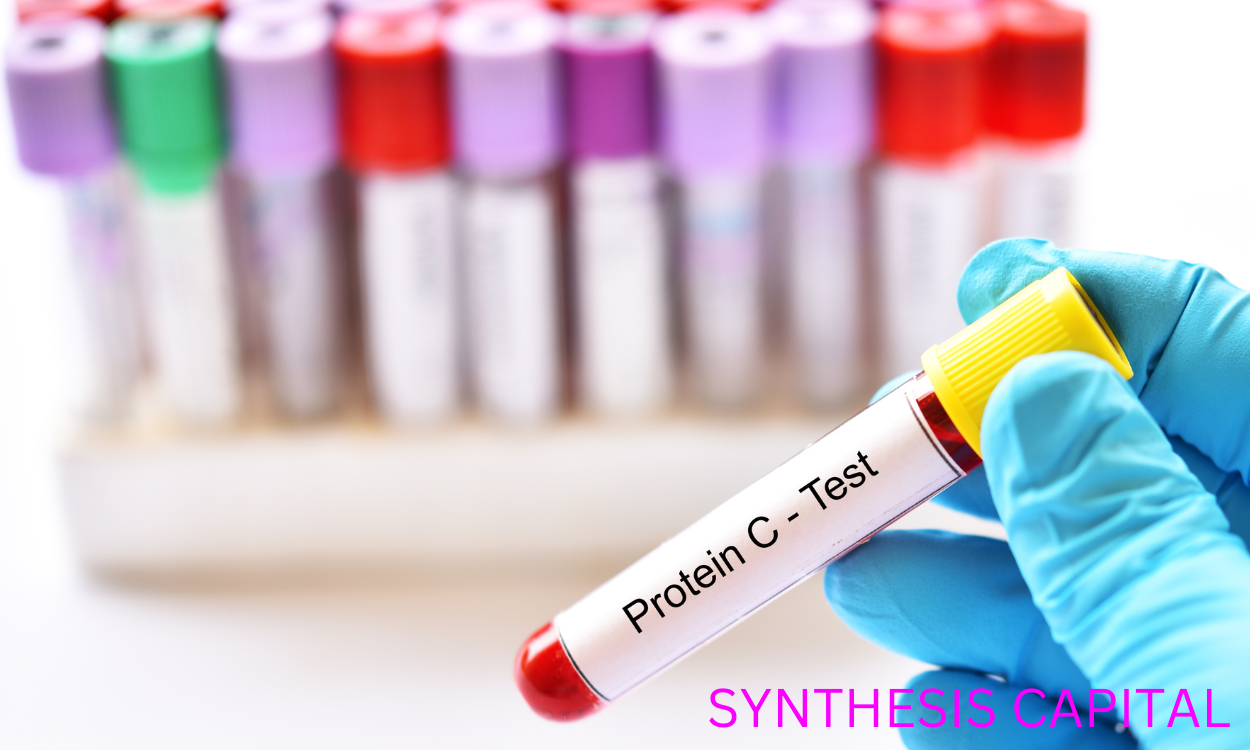Proteinase K treatment is a common method used in molecular biology and biochemistry to inactivate proteins and enzymes, particularly nucleases, that may interfere with downstream experiments. Proteinase K is a broad-spectrum serine protease that is capable of efficiently degrading various proteins by cleaving peptide bonds adjacent to the carboxyl group of aliphatic and aromatic amino acids. This treatment is often utilized in DNA and RNA isolation protocols, as well as in the removal of proteinaceous contaminants from samples. Proteinase K treatment is a crucial step in ensuring the purity and integrity of nucleic acids for subsequent analysis and experimentation.
Effects of Proteinase K treatment on Protein Structure
Proteinase K treatment affects the structure of proteins by cleaving peptide bonds in the protein molecule. This enzymatic digestion process breaks down the protein into smaller peptides and amino acids, ultimately disrupting its native conformation and functionality. Proteinase K is known for its broad substrate specificity and ability to efficiently degrade a wide range of proteins, making it a powerful tool in various research and biotechnological applications where protein manipulation or extraction is required.

What is the optimal concentration of proteinase K to use for effective treatment?
The optimal concentration of proteinase K to use for effective treatment will vary depending on the specific application and desired outcome. Generally, a concentration of 0.1-1 mg/ml is considered to be effective for most protein digestion protocols. However, higher concentrations may be necessary for more stubborn proteins or in cases where complete digestion is essential. It is important to consider factors such as enzyme activity, reaction time, and sample type when determining the appropriate concentration of proteinase K for optimal results.
Can proteinase K treatment be used on all types of proteins, or are there limitations?
Proteinase K treatment can be used on a wide range of proteins due to its ability to cleave peptide bonds at the carboxyl side of hydrophobic, aliphatic, or aromatic amino acids. However, there are limitations to its effectiveness on certain proteins, such as those with disulfide bonds or highly structured proteins that may be resistant to proteolytic degradation. Additionally, the optimal conditions for proteinase K treatment, including pH and temperature, may vary depending on the specific protein being targeted. Overall, while proteinase K is a versatile enzyme for protein digestion, there may be some limitations in its efficacy on certain protein structures.
How long should proteins be treated with proteinase K for optimal results?
Proteins should be treated with proteinase K for optimal results for at least 1-2 hours at a temperature of around 50-60 degrees Celsius. This allows the enzyme to effectively break down the proteins, facilitating their analysis or extraction. However, the exact duration of treatment may vary depending on the specific experimental conditions and goals, so it is recommended to conduct pilot experiments to determine the ideal incubation time for each individual study.
What factors can influence the efficiency of proteinase K treatment?
The efficiency of proteinase K treatment can be influenced by various factors such as the concentration of the enzyme used, the duration of treatment, the temperature at which the treatment is carried out, and the pH of the reaction mixture. Additionally, the presence of inhibitors or denaturants in the sample can affect the activity of proteinase K. The integrity of the target protein or nucleic acid molecule being treated can also impact the effectiveness of the enzyme. Proper optimization of these variables is crucial in ensuring successful and efficient proteinase K treatment for various applications in molecular biology and biochemistry.

Are there any side effects or risks associated with using proteinase K for protein treatment?
Proteinase K is an enzyme commonly used in protein treatment protocols due to its ability to efficiently digest proteins. However, there are potential risks and side effects associated with its use, including skin and eye irritation if it comes into direct contact, as well as potential allergic reactions in sensitive individuals. Additionally, improper handling or storage of the enzyme can lead to decreased efficacy or altered activity, potentially impacting the results of protein treatments. It is important to follow proper safety protocols and guidelines when working with proteinase K to minimize these risks and ensure successful protein treatment outcomes.
Can proteinase K treatment be reversed or inhibited if needed?
Proteinase K treatment can be reversed or inhibited by adding specific inhibitors such as phenylmethylsulfonyl fluoride (PMSF) or ethylenediaminetetraacetic acid (EDTA) to the reaction mixture. These inhibitors can bind to the active site of the proteinase K enzyme, preventing it from cleaving proteins. Additionally, the temperature and pH of the reaction can be adjusted to potentially slow down or stop the activity of the enzyme. However, complete reversal of proteinase K treatment may not be possible once the enzyme has already cleaved its target proteins.
Is proteinase K treatment a standard method in protein research, or are there alternative approaches available?
Proteinase K treatment is a widely used method in protein research due to its ability to effectively degrade proteins and remove nucleic acids, making it an essential tool for various applications such as protein purification, analysis of protein structure, and studying protein-protein interactions. However, there are alternative approaches available, such as using other proteases or chemical methods for protein digestion, depending on the specific research goals and requirements. These alternatives may offer different advantages in terms of specificity, efficiency, and compatibility with certain experimental conditions, highlighting the importance of considering various options when designing protein research experiments.